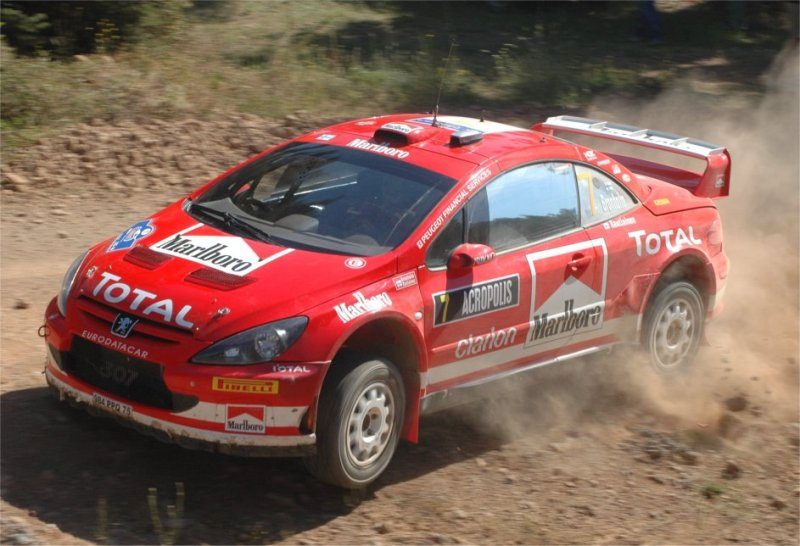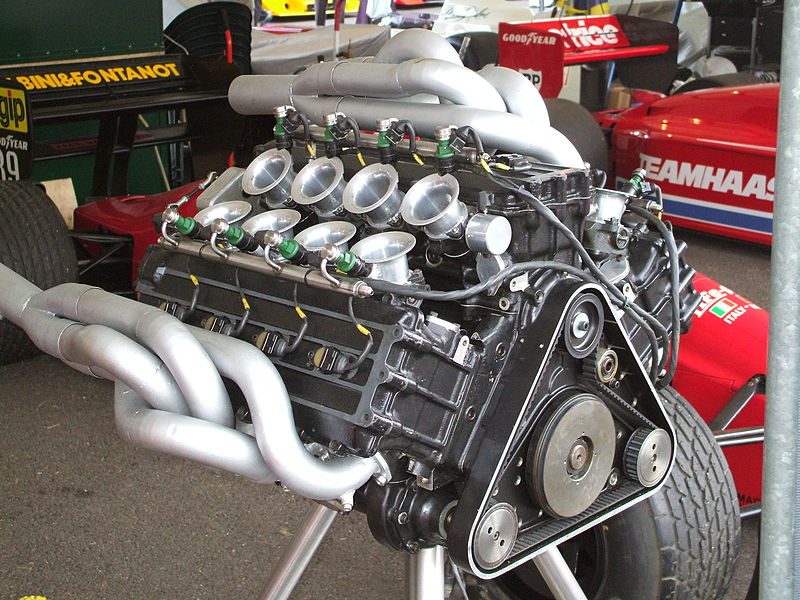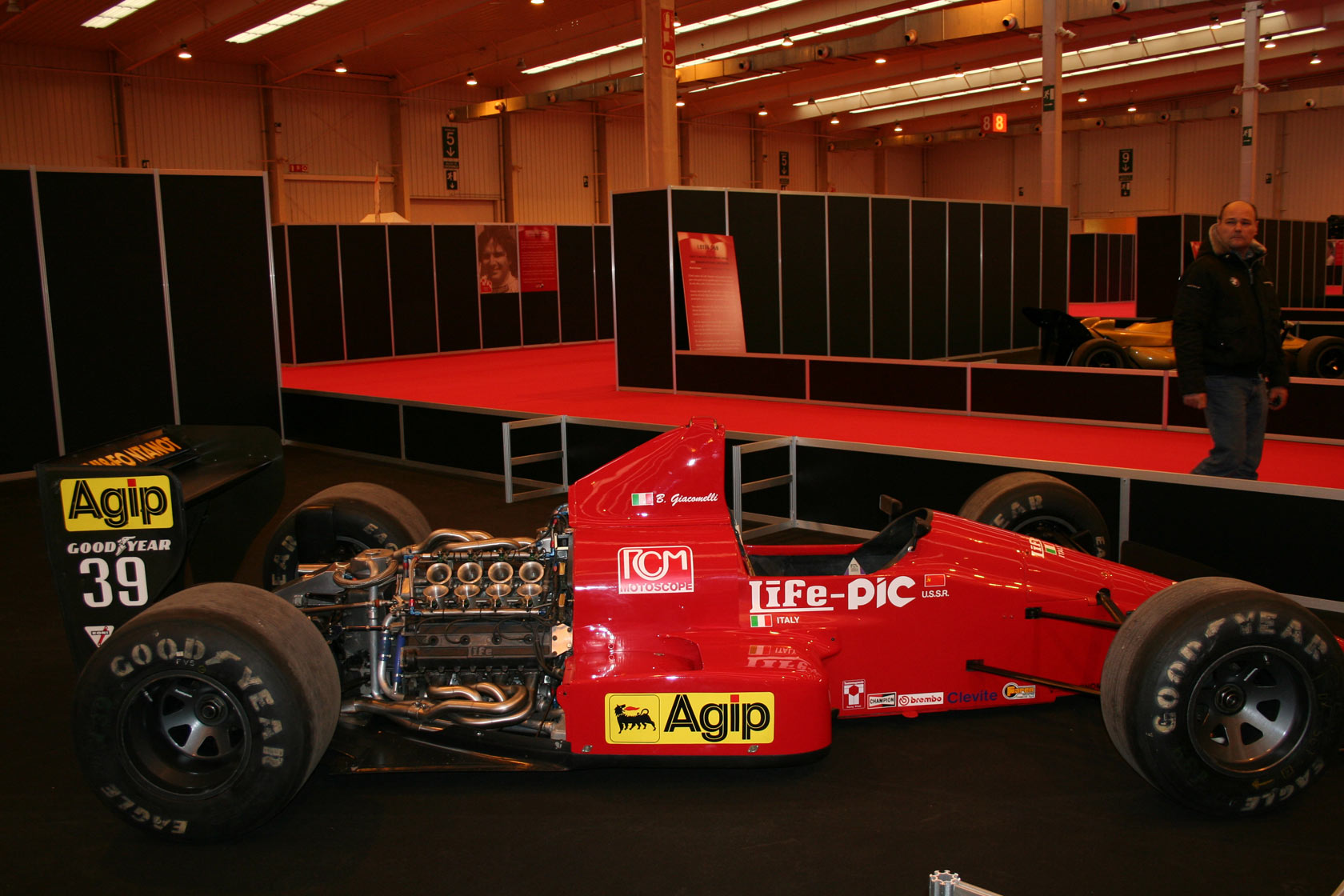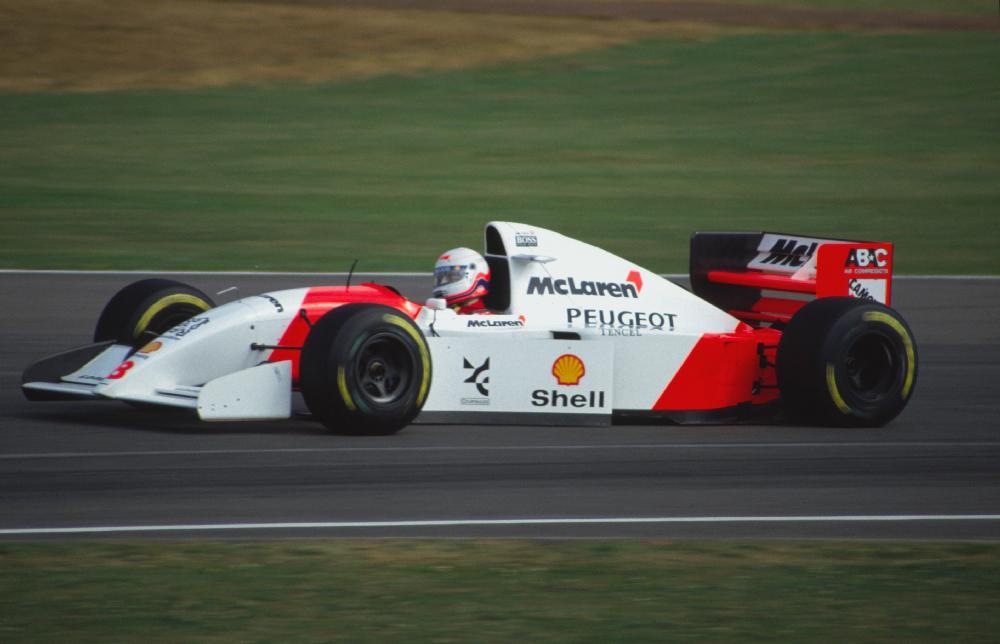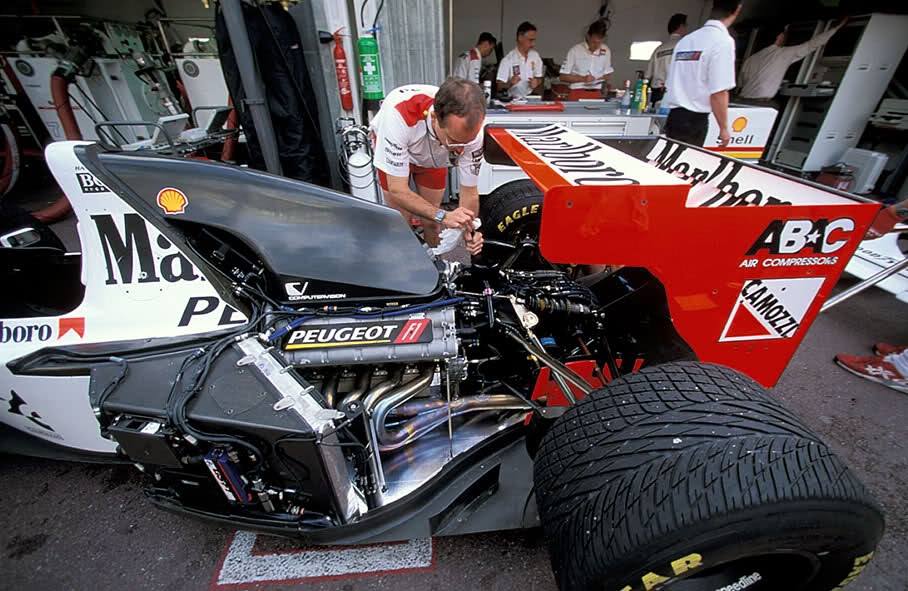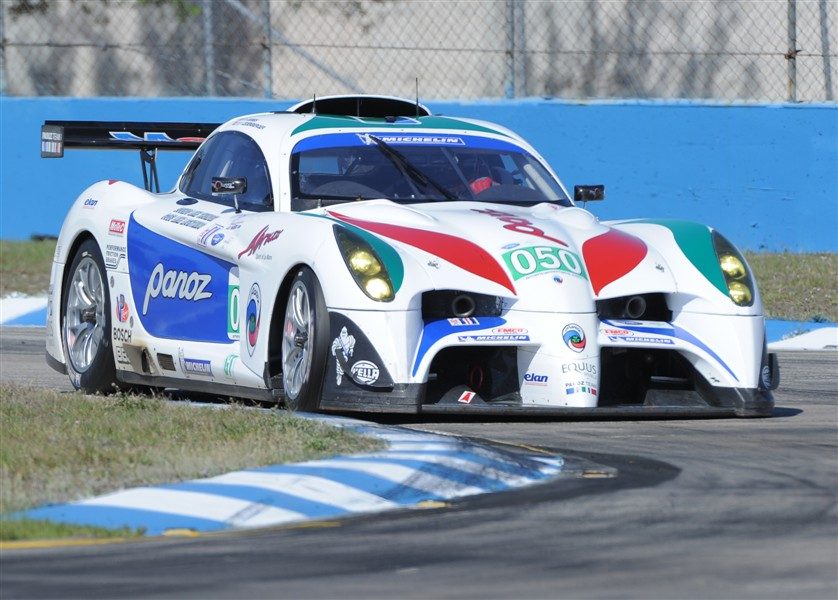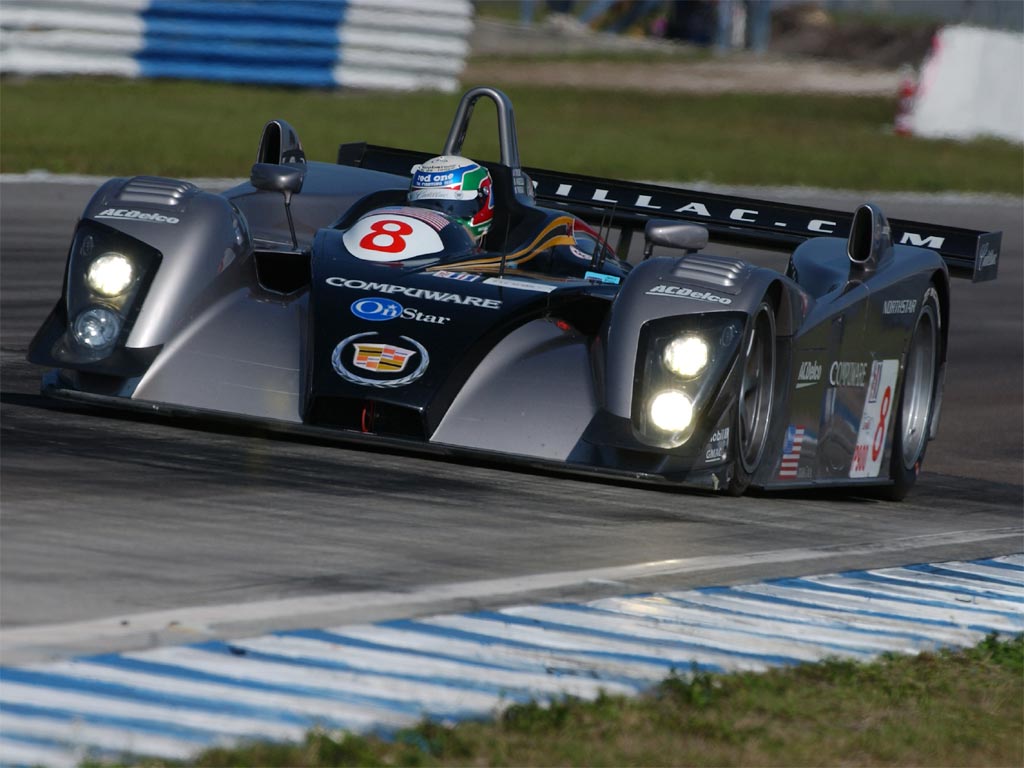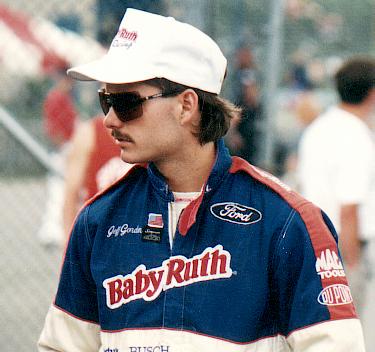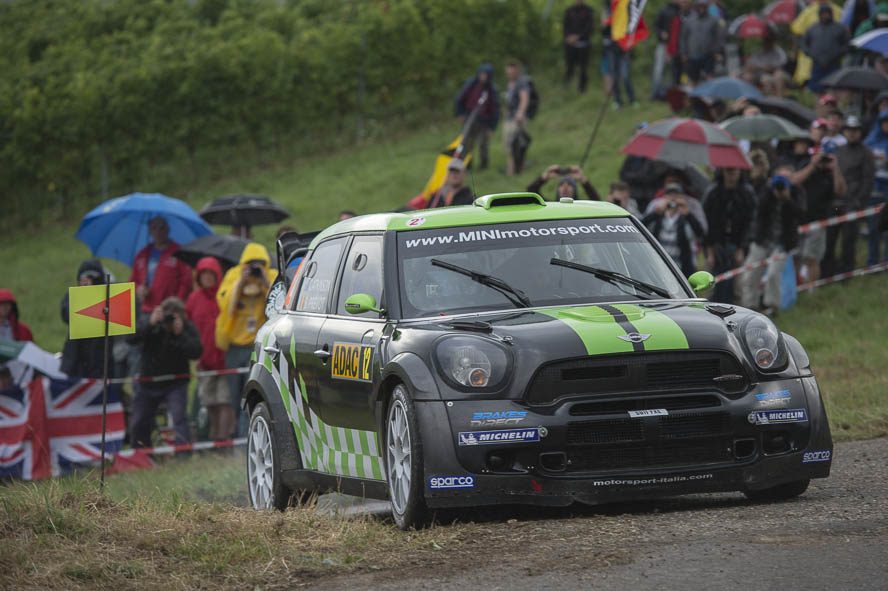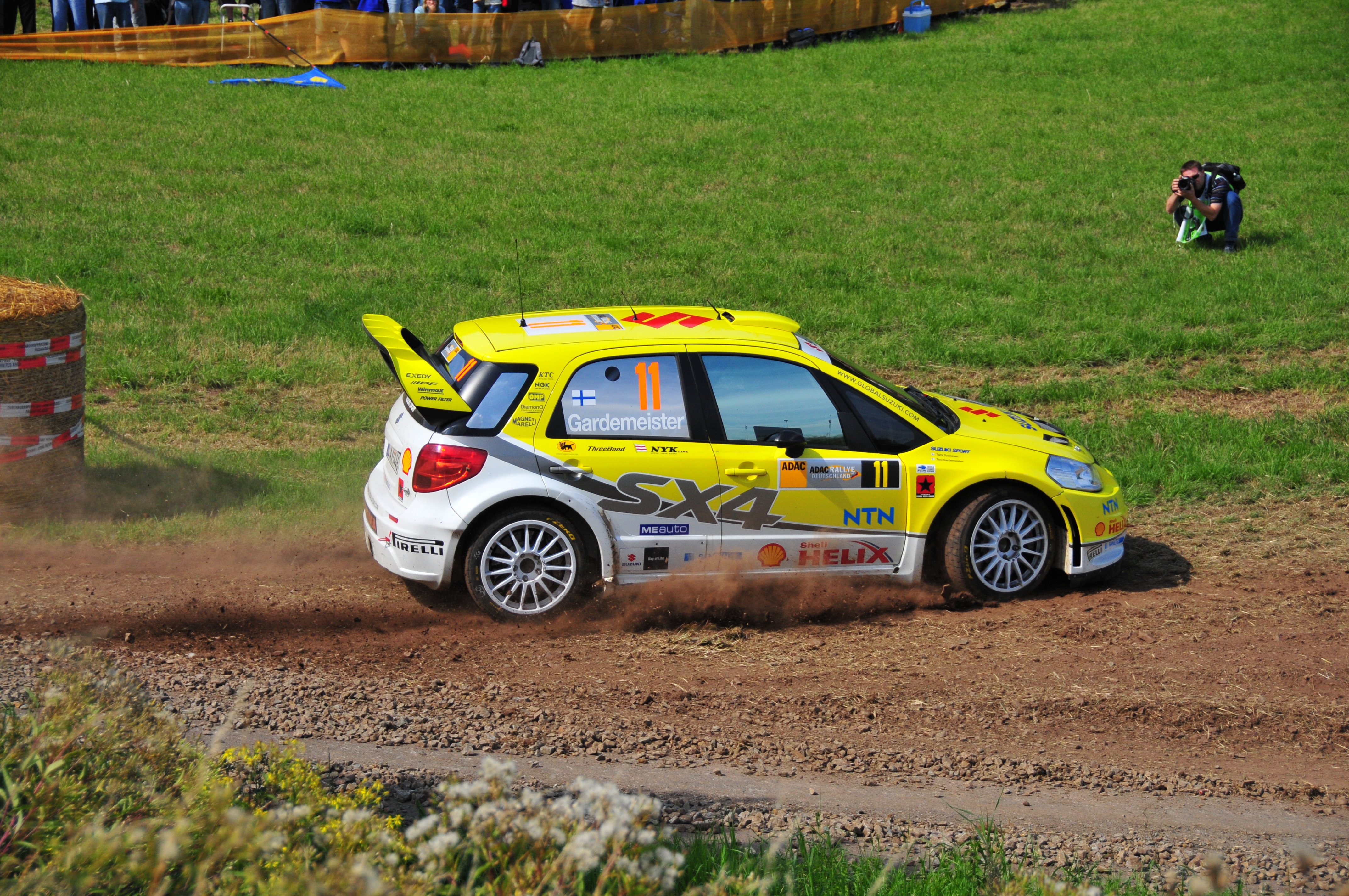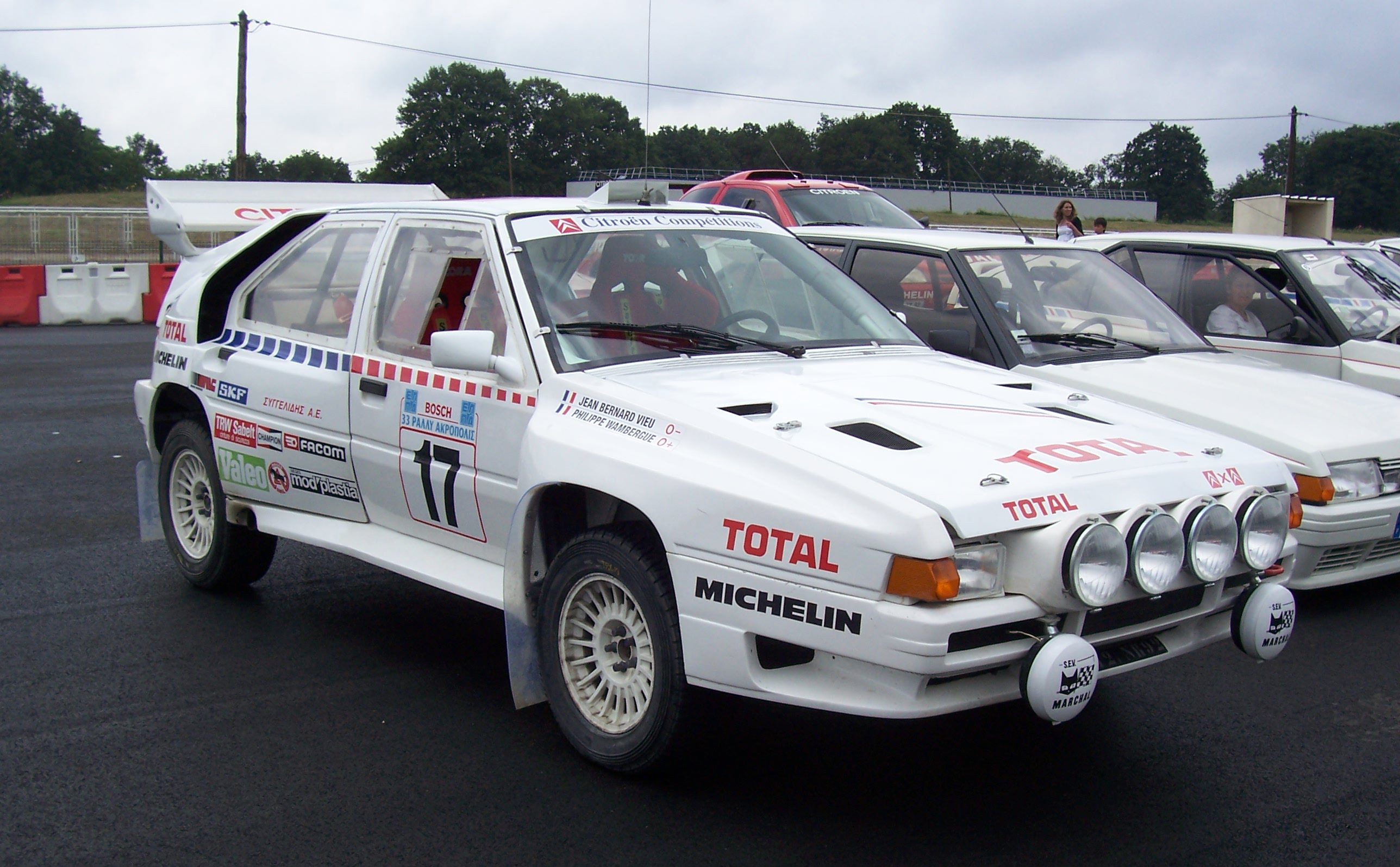- 33,155

- Hammerhead Garage
Honestly, I think that the Kellys are Nissan's biggest problem. The entire project is built around them and they seem to be using it to justify keeping themselves in the sport rather than enriching it. Look at their 2016 line-up - Todd, Rick, Michael Caruso and Dale Wood. Of the four, Caruso is the only one with any real quality about him. The irony is that Todd Kelly has it in him to be an excellent team principal, but his insistence on racing distracts him from it, and his duties as team principal distract from his racing.Todd Kelly's career has pretty much over the more and more he stays with Nissan.
When David Reynolds quit the team, some of his comments shed a rather unflattering light on Kelly Racing's management - he suggested that the team didn't have the resources to run four cars, and that Todd and Rick got first pick of what was available. Rather than develop his own career, he also insinuated that he was expected to support the Kellys first and then worry about himself. Everything was geared towards the Kellys' desired image of being the most accessible team and positioning the Kellys as being the biggest stars of the sport. Particularly Rick Kelly, who I think desperately wants to be seen in the same light as Craig Lowndes or James Courtney.
Honestly, I think that a lot of this stems from Rick Kelly's 2006 title. I don't think that he was ever really accepted as being a true champion of the sport, be it because of the collision with Lowndes at Phillip Island (even now, nine years later, I am convinced that he did it on purpose, and I know that I am not the only one who feels that way), or the way he won the title without winning a round outright. In winning the title, the name Rick Kelly was supposed to join the pantheon of greats - but it didn't, and I think that has played on his psyche ever since.


